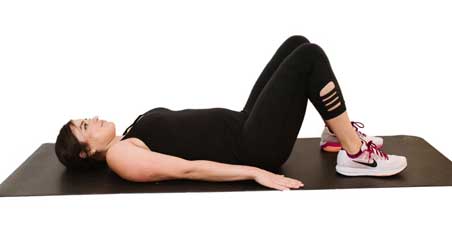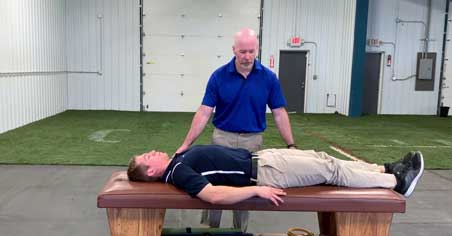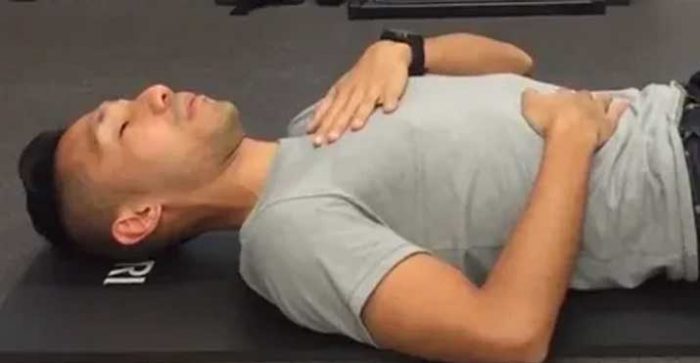Surprisingly, few people know how to take a good, deep, and cleansing breath. Even more surprising is how little people know about how important it is to breathe correctly. Constant stress is part of our daily lives, and unfortunately some of the stressors are out of our control. Luckily, breathing is something very much in our control and it can help our bodies and minds a lot more than one might think. By learning to breathe diaphragmatically, or into your belly, you can reduce stress, help yourself cope in a stressful situation, and over time increase your overall sense of health and wellbeing!
The Difference between Paradoxical and Functional Breathing

Many people ‘chest breathe’, or raise and lower their shoulders and chest and suck in their abdomen while inhaling and exhaling. This breathing pattern activates the sympathetic system’s stress response, “fight or flight,” which tells your body to increase the stress hormone cortisol, increase heart rate, and send blood to your extremities and away from your organs. This is also known as “paradoxical breathing.” Constantly being in a stressed state can increase problems with blood pressure, digestion, sleep, mood, and a plethora of other common complaints.
Diaphragmatic breathing, or “functional breathing,” is breathing into your diaphragm and abdomen which makes the belly bulge out and the lower rib cage expand on the inhale and deflate on the exhale. This breathing pattern activates the parasympathetic response, “rest and digest,” which tells your body to relax and sends blood back to the organs so you can digest and function properly.
To find out if you are a paradoxical or functional breather, look in the mirror and place one hand across your belly and one across your chest. Take a deep breath in and notice whether or not your chest hand or belly hand is the one moving more. Paradoxical breathers tend to move their chest and shoulders up and down when they breathe, so you’ll notice your chest hand move up. They also suck in their bellies, so you’ll feel this hand move slightly inward. Functional breathers expand their bellies and lower rib cage, so you’ll notice your belly hand move outward. Your chest hand should move very little.
When and How to use Diaphragmatic Breathing
The most wonderful thing about diaphragmatic breathing is you can do it anywhere and at any time. It is not only one of the simplest ways to relax the body and mind, but many other forms of relaxation, such as yoga and meditation, use functional breathing as their cornerstone.
To practice breathing diaphragmatically, sit or lay down in a comfortable position. Focus your attention on your belly. Breathe in through nose slowly and count to 10, filling and expanding first your belly, then your lungs. Hold the breath for 5 seconds. Release the breath slowly through your mouth as if you were blowing out a candle and let all of the air flow out; about 10 seconds. Then repeat the process as many times as needed to feel a sense of calm. Usually about 5 minutes of deep diaphragmatic breathing twice a day is recommended, but if you can build up to 20 minutes twice a day you’ll definitely notice major changes in your stress levels and coping.
While you’re doing these breathing exercises try adding positive imagery, like thinking of beautiful scenery or a relaxing vacation, read more from here. You can also use mantras. For example on the inhale think to yourself, “calm mind,” and on the exhale, “relaxed body.”
Change your Life with Diaphragmatic Breathing

Long term consistency of diaphragmatic breathing can have very profound physiological and psychological effects. Muscles relax, the heart pumps blood more efficiently, the mind calms, stressful situations are handled more effectively, digestion and sleep can improve, and an overall sense of wellbeing can be achieved. If you are looking to change your life and do something good for yourself try beginning with diaphragmatic breathing for 5 minutes twice a day and see what other changes follow.
